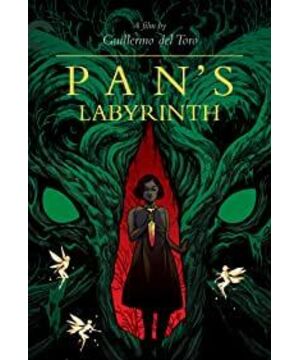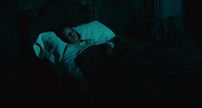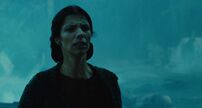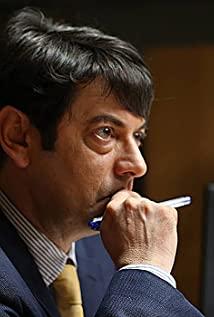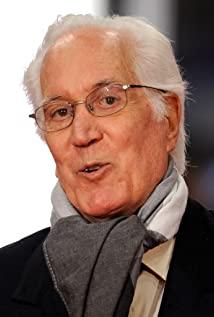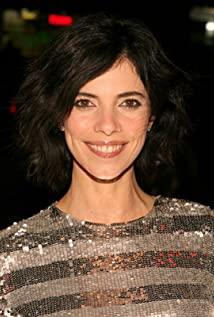The story takes place in Spain in 1944. A child follows a pregnant mother to the Spanish captain's camp. It is cold, damp, slaughtered, and revengeful. Against the black background of the adult world, the child is being tested by Pan in his own world. The thin Ophelia is like the light in the icy air, innocent and tough, but also unable to escape some temptations in line with her age.
As a fantasy theme, from the wordless book to the elf dancing everywhere with insect wings, from the sheep-headed god Pan to the hand-eye-eyed man-eating monster, these flashes of the other side of the fairy tale world, the director And editors have not forgotten the real world of killing, pursuit, hatred and love that is either superficial or isolated. The two narratives constantly intersect and overlap, and we often see the fairy tale world in the eyes of adults and the adult world in Ophelia's eyes. In such contrasts, reality appears more absurd, and the power of fantasy more arbitrary.
At the end of the film, which is actually the beginning of the story, Ophelia falls in her own blood, listening to her own breath and lullabies, she sees her parents in the kingdom below, and hears the applause of praise in the golden light; The light faded, and it was the captain who was shot by the guerrillas and the baby who never knew his father's name. Such an ending can't help but remind people of Annie's Diary - a true story of literature helping a kind girl escape the harsh reality.
Reality is cold, and we move forward with the power of fantasy.
Although the warm light from the other side does not shine into the reality of 1944.
View more about Pan's Labyrinth reviews


